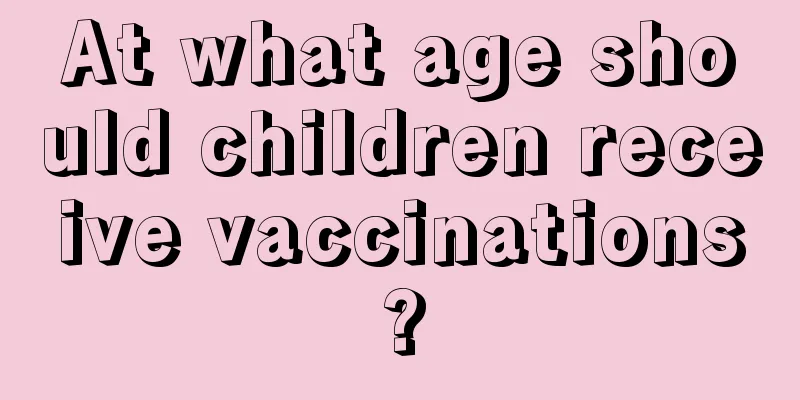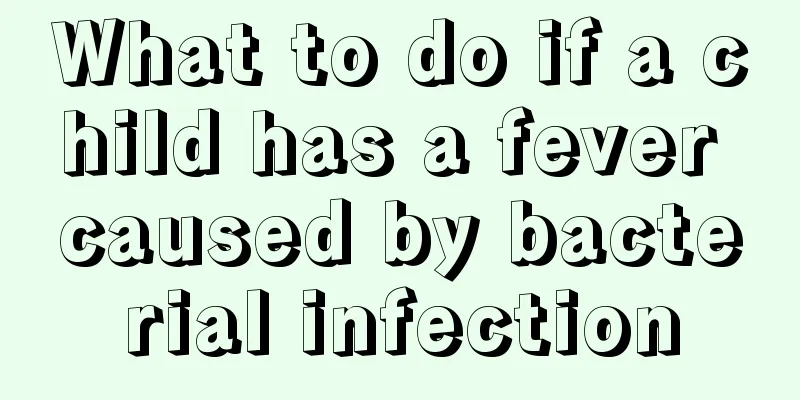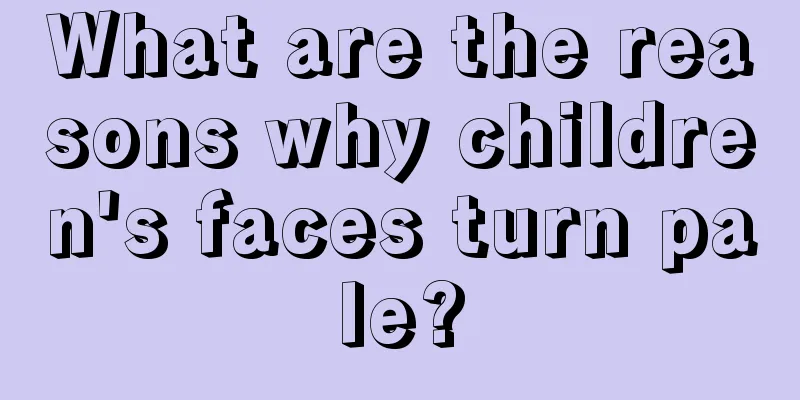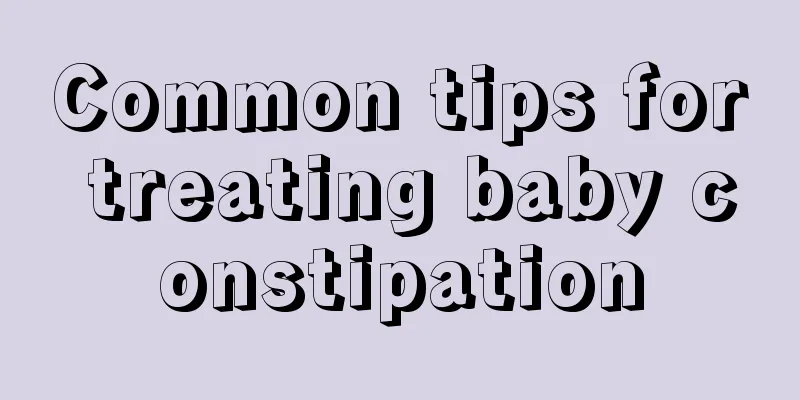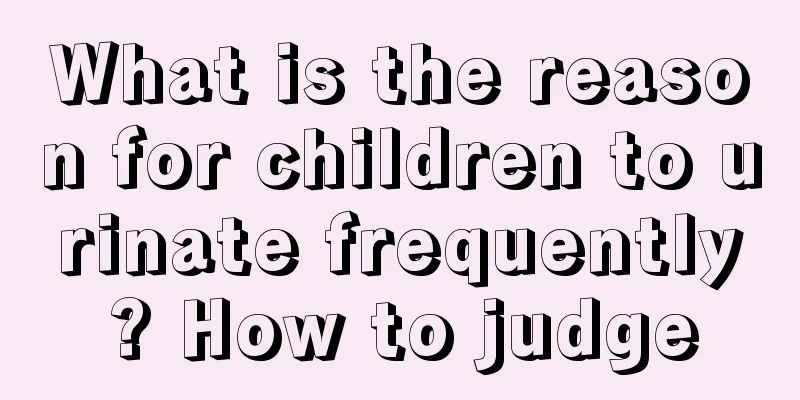What to do if children have bone necrosis?
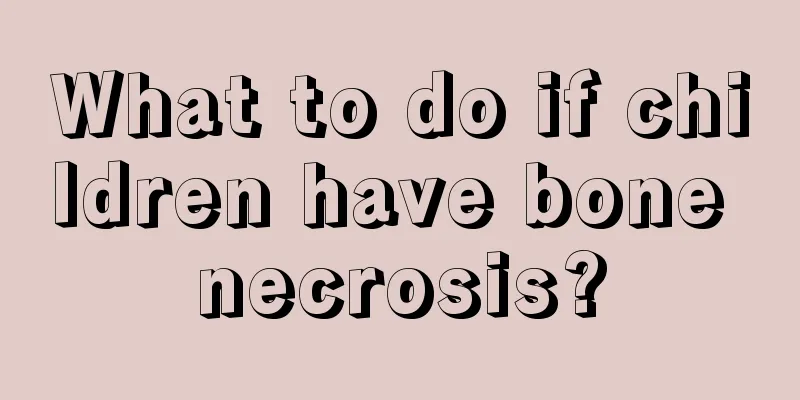
|
Bone necrosis in children usually refers to the femoral head of children. The number of people suffering from femoral head necrosis in children is increasing year by year, so everyone must pay attention to it. Femoral head necrosis is not necessarily caused by accumulation of symptoms over time. Under certain circumstances, external injuries or excessive exercise may very likely cause such results. We must care about the healthy growth of young people and increase our attention to them. Most femoral head necrosis occurs in adults, but a small number of children also suffer from femoral head necrosis, which has a serious impact on the children's development. The following is some common knowledge about femoral head necrosis in children. Femoral head necrosis is not only a disease for adults, but also for children. It can cause great harm to the patients' lives. The following experts will introduce you to the common knowledge about femoral head necrosis in children, hoping that it will be helpful to you. Symptoms of femoral head necrosis in children 1. Lameness: In the early stage, children adopt a protective gait by shortening the weight-bearing interval of the affected limb to relieve pain. Gradually, functional hip varus deformity, vastus adductor contracture, hip abductor dysfunction and obvious Trenton limp may appear, that is, when walking, the tendon side of the pelvis rises and falls and the trunk swings from side to side. If the disease is bilateral, the two sides of the pelvis will rise and fall alternately when the patient walks, and the trunk will swing left and right at the same time. And it presents a "duck walk". 2. Tenderness: Deep tenderness mostly located in the front of the hip joint. Examination may reveal atrophy of the muscles around the hip joint, spasm and even shortening of the affected limb. 3. Pain: Initially, it manifests as pain in the hip or knee joint after activity, which is relieved after rest and worsened after fatigue. The pain is often mild or dull. The pain is often located in the groin, front inner thigh and inner knee. In the later stage, the pain gradually eases or disappears completely. 4. Functional impairment: At the beginning, all aspects of the affected hip movement may be slightly limited, especially internal rotation and abduction. Forced movement of the hip joint may induce pain. Causes of femoral head necrosis in children The main cause of femoral head necrosis in children is trauma. It is common in children aged 3-14 years old, with the highest incidence rate in children aged 5-9 years old. The average incidence age is 7 years old, and males are 4-5 times more likely to develop the disease than females. Most of the time, it is unilateral, but the disease may occur on both sides successively. However, the later-onset ones are usually milder and may sometimes be complicated by ischemic necrosis of the acetabulum. The trauma first causes soft tissue damage, but the injury is not taken seriously and treated in time. Then inflammation occurs around the hip joint. The inflammation continuously squeezes the joint cavity, forming a high-pressure area in the cavity, thereby compressing the arteries supplying the femoral head, affecting the blood supply to the femoral head and causing it to become necrotic. Treatment of femoral head necrosis in children Early detection and early treatment lead to better efficacy. Different treatments should be adopted according to different pathological stages. Commonly used treatments include non-surgical treatments and surgical treatments. Non-surgical treatments include traction, abduction brace, hip spica cast fixation, weight-free brace, etc. Do not bear weight in the early stages. Surgical treatments include drilling decompression, pedicled muscle transplantation, intraosseous vascular bundle transplantation, hip contracture muscle release, femoral osteotomy, and pelvic osteotomy. Teenagers who are in the developmental period must pay attention to protecting themselves. Femoral head necrosis has a great impact. They should pay attention to physical exercise and avoid strenuous exercise. I hope everyone can have a good body and seek timely treatment if any problems arise. |
<<: What should I do if my child has an itchy throat?
>>: How to treat chronic tonsillitis in children?
Recommend
What kind of milk can help children grow taller
Around us, I'm afraid that most girls are onl...
Six-month-old baby food recipes
The baby's body has undergone obvious changes...
Causes of asthmatic bronchitis in young children
Asthmatic bronchitis is a disease with complex tr...
Blue on both sides of the child's nose
If a child's nose wings appear to be in heat,...
At what age is it best to treat phimosis in babies?
If a young child has phimosis, parents must pay a...
What should I do if my child has no appetite?
There are many common problems among children. To...
What kind of milk is suitable for children
Milk is a favorite of many people. There are many...
Treatment of sinusitis in children
If children's fever and colds are not treated...
What should I do if my child always gets angry?
In life, some babies may experience symptoms of g...
Is it OK for children to take a bath every day?
For children, they need to be very careful about ...
What are the treatments for cerebral hypoplasia?
For newborns, if they suffer from cerebral hypopl...
At what age do children develop breasts?
What women care about most is whether they have a...
Reasons why your baby's urine is yellow
As parents, when our babies have yellow urine, we...
Diagnosis and classification of lead poisoning in children, worrying about lead poisoning affecting children's health
Because children are young and often cannot take ...
What's wrong with a one month old baby's shortness of breath?
The baby who is just over a month old has not dev...
